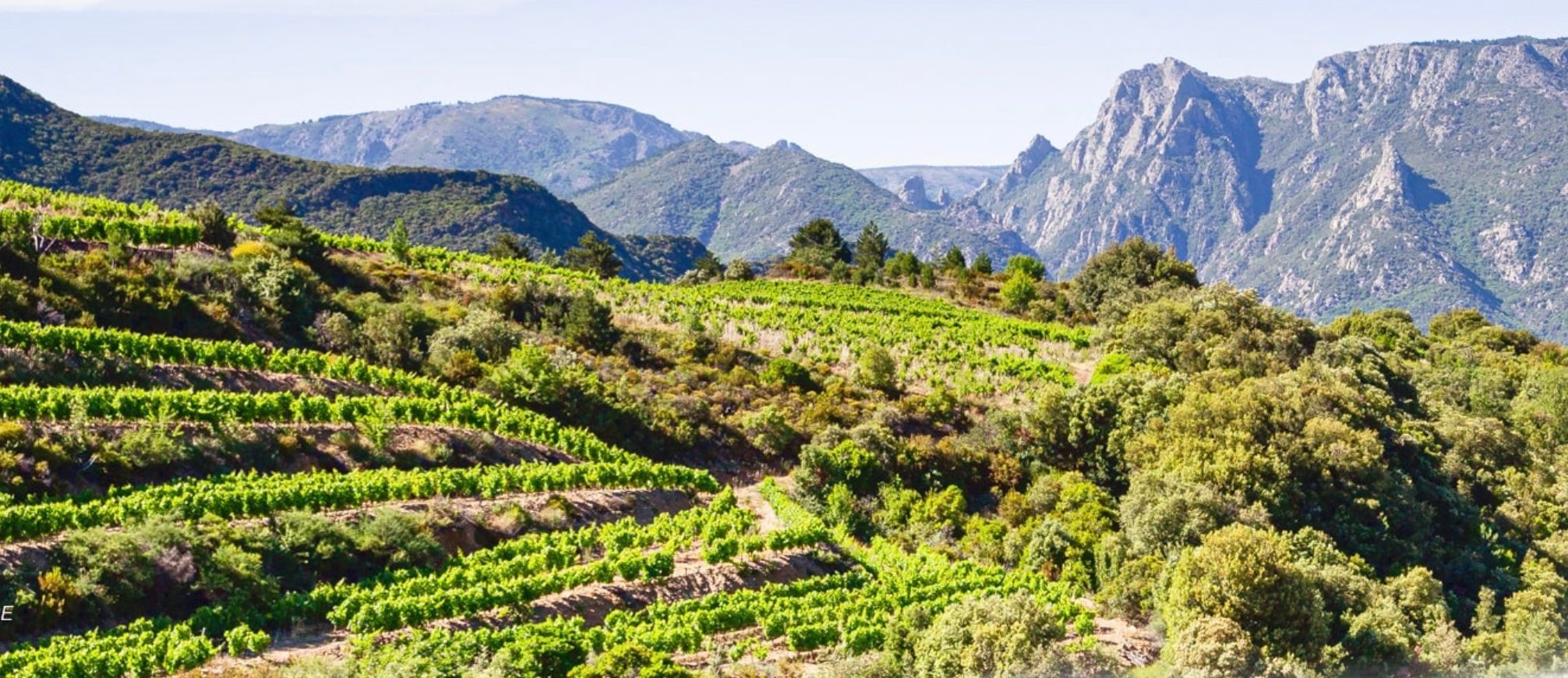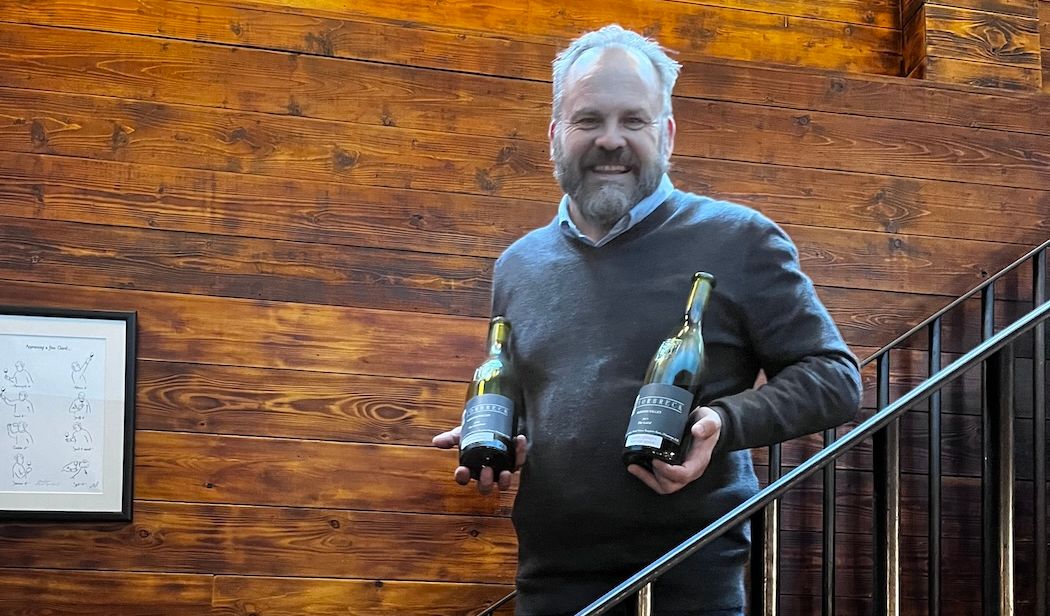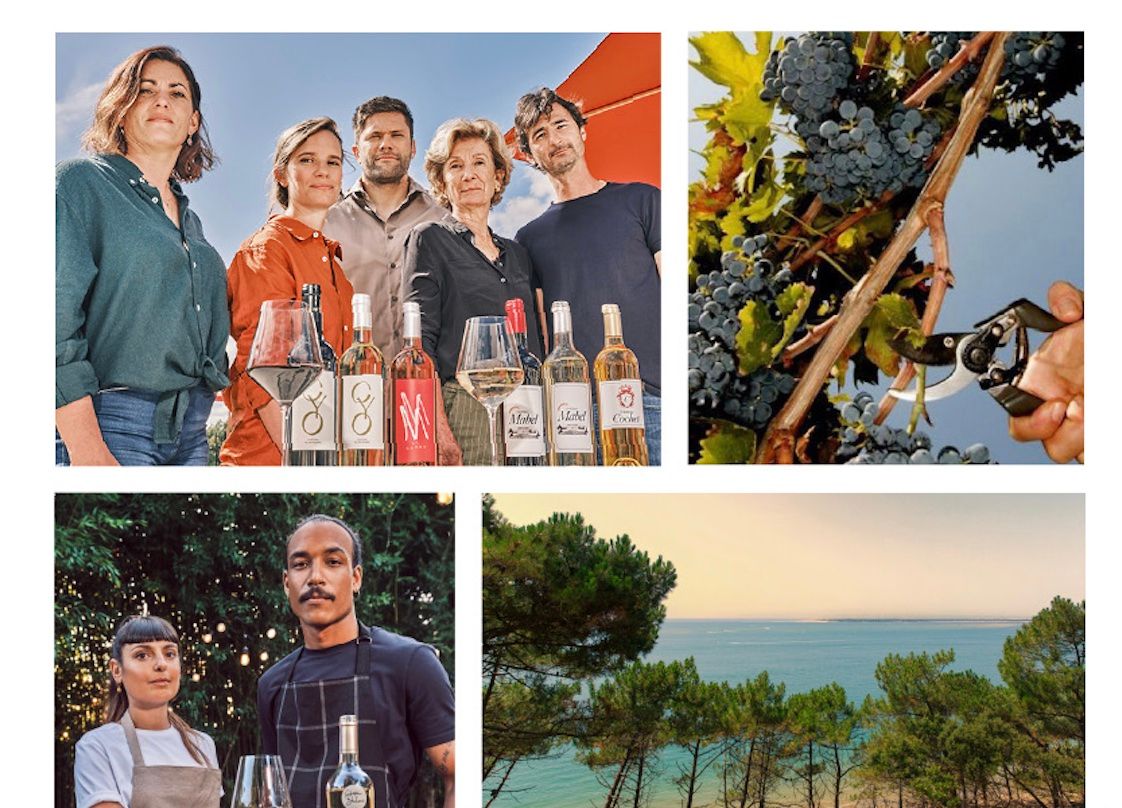There are few real visionaries in the world of wine, but software and consumers insights expert, Paul Mabray, is one of them. Here he sets out, exclusively for the Buyer, his view on how wine needs to listen, change, adapt and transform itself if it is to get anywhere close to understanding what consumers might want from it.
On Sunday night, July 31 2016, we pulled the plug on our seven year-old software. It went dark, quietly, like when the power goes out at your house. I privately messaged the team a favourite closing from the Burns and Allen show, “Say Goodnight Gracie”. It vaguely felt like taking your pet to the veterinarian to be euthanised after finding out whatever they had was terminal.
You are filled with sadness and relief at once as you know your beloved pet’s suffering is ending. You are numb and expecting your pet to come out of the room with the vet, but after a few moments, the cold truth of losing a loved one sinks in.
Since the build up to the moment was over a month long, I was able to work my way through the five stages of grief. In the end, it becomes a time of reflection. Of introspection. Of understanding.
Succeeding as a wine tech company is very, very hard. Arguably there have been less than five successes (including VinTank whose demise had very little to do with the industry and more to do with being incongruent to our parent company’s – W20 Group strategic direction).
Industry dilemma with technology
The industry’s allergy to sales and marketing technology is a pervasive sickness. I don’t know how else to describe it. The dichotomy of wealth and luxury versus its inability to transform itself is an unsolved mystery that I could not resolve in my last 30 days or two decades of working in it. And the technology companies that strive to help it are ALL in for a long and difficult journey.
But, the sickness is not just with the patient. The people bringing the solutions are diseased as well. Most of the technology companies touting their innovation and goals to change the business are packed with con artists, recreational business owners, oenophiles turned technologists, and Don Quixotes. So many of them peddle vaporware and magic beans.
It’s no wonder wineries are gun shy to work with any new technology solutions. They’ve been sold the Naxon Network, million dollar websites, CRM solutions that never worked. They’ve been pitched marketplaces that never sold a bottle, solutions that trapped you into a partnership that was virtually impossible to break, and apps promising to help consumers drink more wine. Even the biggest and most successful companies—Amazon, E-bay, Facebook, etc.—have had high profile failures and have yet to show success in our business.
They can be broken down into six groups:
The Oenophiles
It’s easy to see where they fall apart. For most, they have fallen in love with wine. All aspects of wine. That romance of wine. The culture of wine. The taste of wine. And in that love affair, they instantly become myopic to the reality of wine. It’s just fermented grape juice that 90% of the population does not share the passion they’ve discovered. They look to enrich the experience of wine the way THEY want to experience it.
They often talk about the discovery process, or how people need to find the best wine for their palate. They are often found saying, “Everybody wants to know the variety composition in their wine”. Or, “We have an amazing algorithm that matches peoples personal wine preferences.”
Often they spend years wasting money and energy to just participate in the wine industry fringes and then shutter their technology because it was always a solution looking for a problem.
The Margin Release Genies
The conversation always starts the same. There is so much margin locked up in the three-tier system. At face value, they are 150% correct and with the increased wholesaler consolidation and winery proliferation, releasing these margins seems a volcanic eruption ready to explode. But, industry inertia along with regulatory quagmires and tier impediments (intended or not) freeze these entrepreneurs to a virtual standstill. Equally inhibiting is their complete ignorance to the challenges. By the time they have some part of the equation solved, their ideas and innovation has become stagnant and bankrupt.
The Schemers
Yesterday’s ideas for tomorrow’s prices. A new idea to the wine industry can be sold fast and for a large profit especially if the winery has no understanding how to measure the efficacy of the program. From SEO vendors, to website builders, to wine portals, to reservation systems, they flow through the small market of wineries at a premium. The wake of burned wineries leaves a long trail of failed sales promises and empty wallets.
The Hatfields
For the Hatfields, everyone is a McCoy. They bring you into a solution that, on its face, fits your needs. But when asked to work with another company that fits another part of your needs, the feud begins. Integration becomes impossible. Finger pointing abounds. Or, hostage service fees are presented (if you don’t fulfill with me I’ll charge you an impossible sum to use my e-commerce).
Whether it is an accounting system that refuses to work with e-commerce leader or an e-commerce leader that holds you hostage for other services, this end result is the same. Wineries are quickly overtaken by Stockholm Syndrome. But with the lack of choices, it becomes the pain they know vs the one they don’t. If you look around almost every accounting and e-commerce system lives up to this epitome.
The Lifestyle Bandits
Everybody wants to live the winery lifestyle. Everybody. Beautiful valleys, great wine, amazing food. It sounds magical. These are the people that build a software solution with good intentions but mostly to participate in the wine lifestyle. Half-hearted they are more often found at winery events, the Napa Film Festival, Premiere Napa Valley, etc. They are more like the socialratti of the valley. Their solutions limp along but their promises are never ending.
Unfortunately, these are often the most successful since so many technology decisions are made based upon relationships vs results.
The Don Quixotes
And finally, there are some of us that tilt at windmills. We have a maddening vision with extensive hopes and dreams we can change the industry for the better. We try to see everything through the eyes of the winery with nothing but hope to improve the way they connect with customers and how to help wineries make better money. We wade through the madness, ours and the industry’s, with an unstoppable determination to make things better and many of us become disenchanted and leave the wine industry (Andrew Kamphuis, Jason Eckenroth, etc., etc.).
The brain drain of the great innovators has left a vacuum that has yet to be filled. But, even if you are a good company, the challenges of the wine industry are hard wired and seem almost insurmountable:
We live and work in a lifestyle and passion business. While that may sound romantic it causes many decisions by owners, execs and employees to be made by the heart vs. head.

The brains behind Vintank: Paul Mabray and James Jory, chief technology officer
Manufacturing over marketing
Ours is a manufacturing industry, first and foremost. Sales and marketing are secondary and seemingly always will be. You’ll see wineries spend tens of thousands of dollars on bladder presses, concrete eggs, barrels, then balk at $250 for a one-time digital marketing spend.
The addressable audience is small (less than 9000 US customers) and their spend on technology-based sales and marketing is anemic. Not exactly a recipe for supporting a sustainable technology company that requires high-paid employees and continual R&D to match the market.
Most of the people in our industry that touch sales and marketing technologies are underpaid, under skilled, and work in those environments for lifestyle reasons. This is a lifestyle business.
We underpay because so many people want to work in the romance of wine.
We talk a BIG game about direct to consumer (DTC) sales, but in the majority of situations this is where we have the least paid, least qualified and least funded departments. Ask any DTC manager their marketing budget and they’ll look at you with a blank stare. Just look at the wage discrepancies for revenue generating DTC employees vs. admin assistants (who on average make 20% more) or vs. regional sales reps.
Most sales and marketing technology decisions are made by the CFO. While this may not seem challenging it is a major impediment to success. How many industries outside of wine do you know that allow their CFO to drive sales and marketing decisions . . . or technology?
We’re too short sighted
We are masters of hospitality and excel when customers come through our tasting room doors, but the result of such successful oeno-tourism has created a general level of sloth and greed that permeates the industry. We surveyed over 500 wineries not too long ago, and asked how much they’d pay for a new customer. We listed a percentage of the sale from 5% to 50%. Over 90% of the respondents said they would go for 10% or less. I find this incredibly strange since the majority of wineries earn less than 50% when they sell via wholesale.
Regulations are everywhere, and most are stupid and antiquated remnants from Prohibition. Our laws don’t account for credit cards, online communications, and the completely different landscape from over seventy years ago. While these can’t be understated, these become the La Brea tar pits for so many companies.
The odd behaviour of wine consumers adds a final monkey wrench in the equation for consumer facing apps but that is an entirely different topic and hopefully a subsequent post.
So what does this all mean?
First and foremost, the minimal annual cost to support a great software product for the wine industry (CRM, e-com, POS, and the like) is going to be between $3.5M – $5M. That is still a very small team, albeit seasoned and more professional. Yes, there are shortcuts like hiring a young, inexperienced team, hiring in places where the salary is less (like Canada, Central America, or Eastern Europe) or outsourcing. But these only result in software that evolves at a glacial speed and with many, many rookie mistakes on its journey.
I can look back at my own history at WineShopper and Inertia Beverage Group and see where I made some of the same mistakes. Even today, you don’t have to look far in the industry to see companies facing this exact challenge.
You can’t raise institutional money and have exclusive software focused on a specialty that will continually improve over time because the market size or the company size will never hit the critical mass for an exit to justify the investment. If you raise $10M to $20M you are going to create a company that is worth $75M – $150M (minimum) to satisfy investors. The numbers just don’t work.
Self-funding hits an equally challenging problem. If you assume 20 sales per month and that every customer is paying $199/month it would take seven years to reach cash neutrality. SEVEN YEARS!!! And, if you look at the industry’s largest players, and depending on which of their numbers you believe, they are still not there after more than seven years.

Wineries focus too much on their vines and cellars and not enough on the technology to sell and market it says Mabray
Don’t get distracted
With these financial challenges many companies chase ancillary business models that distract from the core functions and features a winery needs to succeed. A copycat of Amazon Prime? You betchya! Selling credit card services? Definitely. Marketplaces? It’s in the plan. Direct-to-Trade, fulfillment, telemarketing, consulting services, e-com, POS.
The most notorious example is one of the wine industry’s oldest accounting system. Ask how many wineries love their POS system . . . Ask how many love their e-commerce tools . .These are warts upon warts of a system that should have and could have improved its core accounting if it maintained its focus on that strength. Imagine what it could have been if it built API’s to support other POS/e-com systems vs. building its own.
We are stuck in a cycle of new ideas that blossom, but experience shatters.
Is there a solution?
Truly, the winning magic can only come from cooperation. The only thing that makes sense is if a group of the top 35-70 wine groups get together and fund the solutions they want. I know this sounds crazy, but hear me out.
The top wine groups, who in my experience pushed our developers the hardest, will have a vested interest in making sure a solution succeeds. Their business will depend on it. They will have a seat at the table and a bully pulpit to get the features that matches their business.
They, collectively, will save money over time vs. the continual switching costs and the TCO (total cost of ownership). And, they will insulate the software from pressures to move in directions that are not congruent to the collective good. Our industry shouldn’t compete on the tools, but how we use them.
It shouldn’t compete on vendors, but on ideas. Perhaps the solution has been in front of us the whole time.
The big question is, will we be smart enough to do it or will we continue with the status quo? If other industries have taught us anything, it’s that time is not on our side and the world is becoming more and more digital.
Digital Darwinism is inevitable and the only survivors will be those wineries who have the ability to adapt but the longer we wait, perhaps it will be our whole industry that loses to retailers, wholesaler, or other categories like craft beer.
Fortunately there is still time.



































